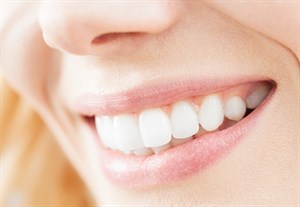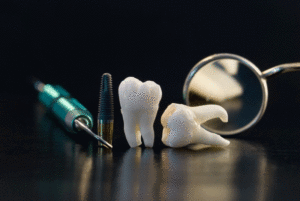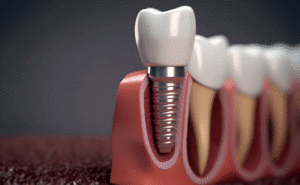As you may already know, tooth enamel is a thin outer covering on the tooth that essentially acts as protection for the tooth from everyday activities such as biting, chewing and crunching – in addition to serving as “insulation” from the teeth from hot or cold temperatures. However, while tooth enamel is an important part of a tooth’s composition, once it’s gone – it’s gone.
Yes, enamel is different from other parts of the body in that it’s not composed of living cells – so it can’t regenerate and re-grow. With that being said, it’s important to take good care of your teeth, as to not encourage excessive enamel wear or erosion. Here’s a closer look at the things that damage tooth enamel and what you can do to preserve it:
Enamel erosion
There are two types of enamel erosion – intrinsic and extrinsic – both of which deal with erosion due to a chemical acid process. Intrinsic is caused by internal issues, such as acid reflux, gastrointestinal issues, dry mouth, genetics or eating disorders, while extrinsic is caused due to the regular consumption of acidic food and drink that cause the mouth to have a high-acid state.
Here’s a further look at some of the food and drink that lead to the damage of tooth enamel:
- Soft drinks
- Fruit drinks
- A diet high in sugar and starches
- Candy
- Alcohol
It’s also worth noting that behavioral issues can also lead to tooth enamel erosion, such as friction, tooth grinding (bruxism), stress and corrosion.
Signs/Symptoms of enamel erosion
If you suffer from any of the intrinsic conditions listed above or have a diet that consists of a number of the foods listed above, then you might be wondering if your enamel is wearing thin. But how do you know? There are several tell-tale warning signs:
- Tooth discoloring: If the enamel is worn down, your teeth may become easily discolored from the foods and drinks you consume.
- Increased sensitivity: As noted, tooth enamel helps serve as an insulator. So if feelings of hot and cold are present, or your teeth are more sensitive to the touch and the surrounding air than they were before, your enamel may be damaged.
- Cupping: Indentations may appear on the surface of the teeth.
Protecting your enamel
So just how can you reduce dental erosion and preserve your tooth enamel? Simply put, you can start by adjusting your diet to cut out acidic foods and drinks and also emphasize your oral care (brush twice a day, floss once a day and see your dentist for a professional cleaning at least once every 6 months). Here are a look at some other tricks and tips:
- Drink sugary liquids through a straw.
- Chew sugar-free gum to increase saliva production.
- Drink lots of water.
- Administer a fluoride mouthwash.
Often times, taking these steps and applying these tips are enough to curb enamel erosion. However, in more dire situations, you may need to seek professional medical help to treat gastrointestinal issues or eating disorders that may be causing tooth damage. In the case that the tooth has been damaged severely, you may need to see a dentist for tooth restoration.
For more information about tooth enamel and what you can do to protect it, contact Caven Dental today.



